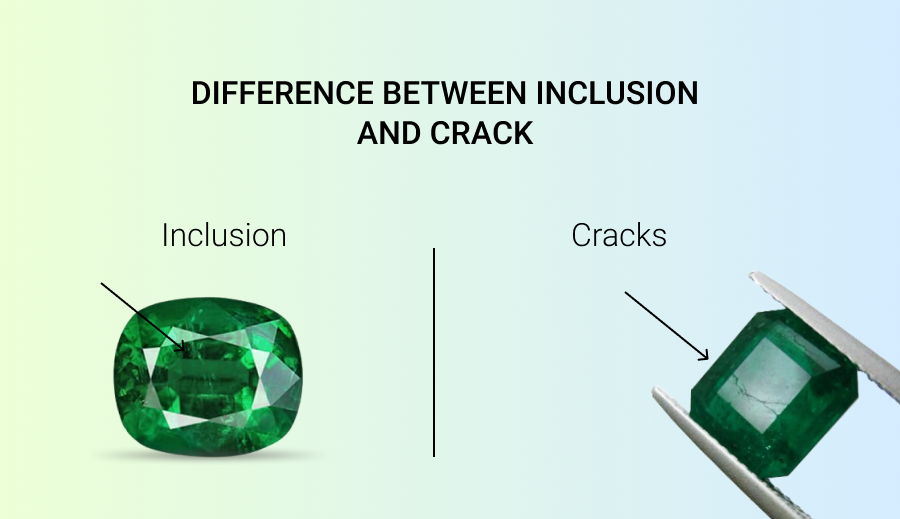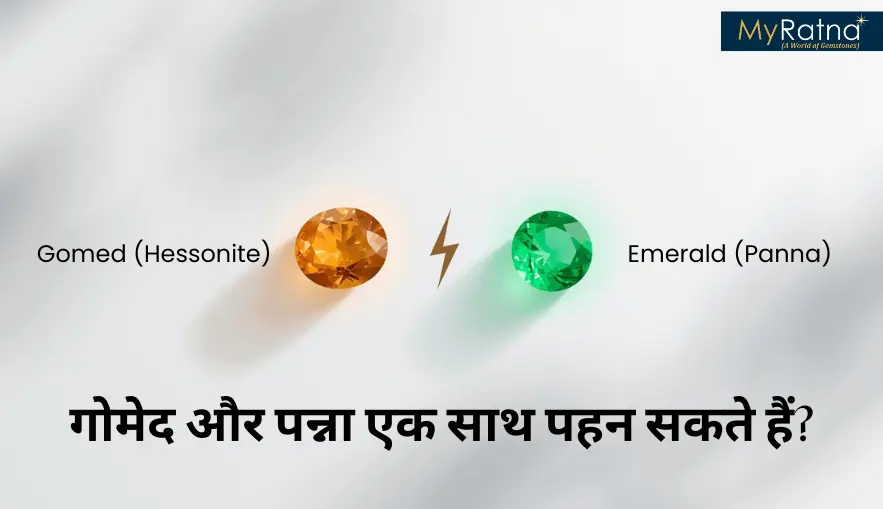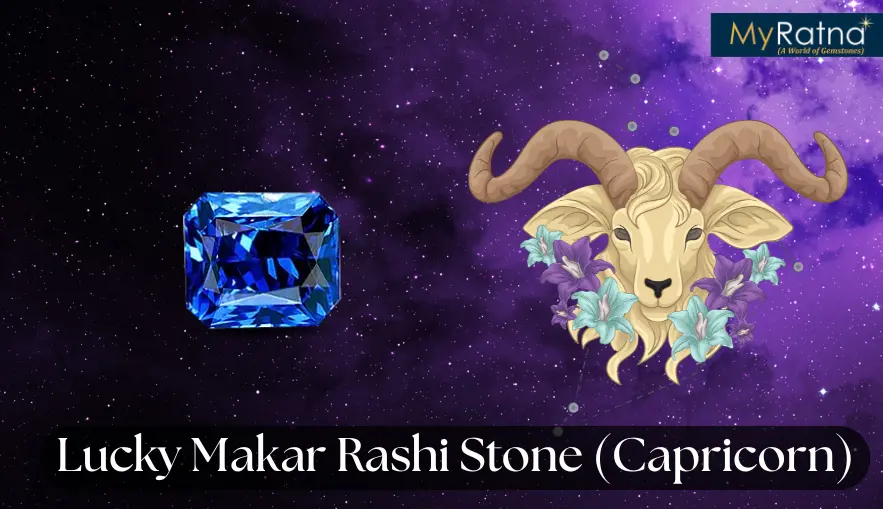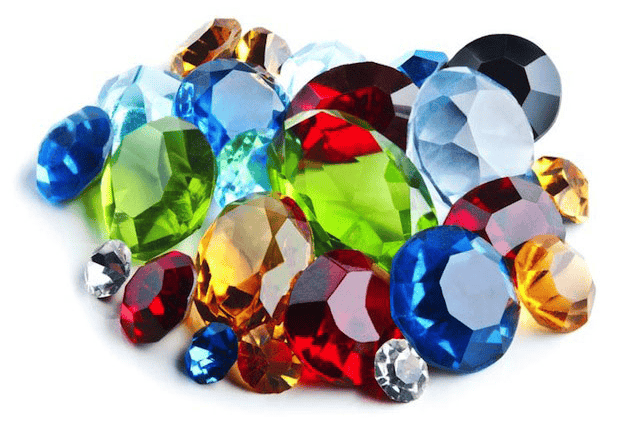Are you a novice to gemstone terminologies? Don’t worry we’ve got you!
When you go to buy gemstone jewellery you must have heard your jeweller mention these words. And like most of us, you nod your head and accept that it means something but the real meaning still eludes you.
It’s time to change that. Should your gemstone have cracks? Are inclusions commonplace? Know exactly what to look for when you check out your Rubies, Diamonds, Emeralds, and more.
So, the next time you purchase your new stone, go in like in pro and dazzle the Johari with your bright knowledge.
What Are Cracks?
Often mistaken as defects, cracks are natural fractures that occur during stone formation as the stone keeps developing. They can be inner or outer cracks, although cracks may later appear over the stone due to wear and tear.
What Are Inclusions?
Inclusions are any kind of substances that are trapped inside a gemstone naturally, during the process of development of the stone. These can be impurities, forms of clouds, bubbles, needles, fluids, or anything else.
How to Differentiate Between a Crack and an Inclusion In Stone?
There is a very thin line between a crack and an inclusion. It’s a problem faced by many customers who are unable to identify the difference. It can also be one of the major points of distinction between identifying a natural gemstone and an imitation. Gemstones that have high clarity have fewer cracks and inclusions and are of a higher-grade quality, making them pricier than the rest.
Here are a few ways to determine if your gemstone has cracks or inclusions:
-
Contact
Cracks and inclusions can find their way anywhere on the gemstone. Although, the emergence of cracks does depend on the structural/gemological composition of the gemstone. In the case of jewelled gemstones, outer edges that touch the metal are more likely to develop cracks.
-
Surface Reach
Cracks as a rule develop from the inside out. They may extend and enlarge over time. Inclusions do not change shape or position.
-
Stage
Since inclusions are developmental, they are present in the gemstone from the moment you set your eyes on the gemstone. Cracks are created over time and may not be there before, but are visible later.
-
Constitution
As a natural part of gem development, inclusions can differ in structure, composition, and appearance. In gems like Yellow Sapphire, inclusions are seen as a white line called ‘silk’ while cracks may display a rainbow-like spectrum due to light exposure.
-
External Factors
Inclusions are a part of the gemstone and cannot develop later. Cracks can. External factors such as regular wear and tear, coarse handling of the stone, and external pressure can affect the exterior surface of the gemstone and cause it to crack. Some stones like Red Coral, Pearls, and Emeralds are more prone to this kind of damage due to their brittle nature.
Choose the best quality gemstones with MyRatna.
 +91-91250-34444
+91-91250-34444













